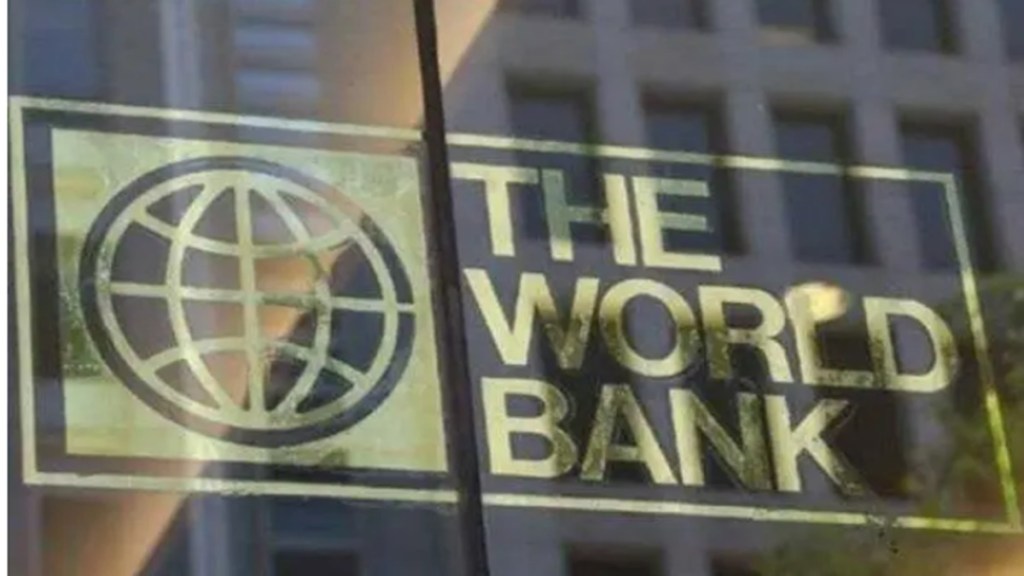As India embarked on its policy reform path three-plus decades ago, the country’s economic growth rate was dwarfed by the growth rate of the number of books about these changes and their consequences. Arriving, ascending, and emerging were all adjectives used in different book titles, as was the idea that it was finally India’s turn to bring prosperity to its people. Not every analysis was upbeat, and one title referred to India’s long road to that prosperity. At the risk of being disappointed again, it does seem that the future may be looking up for India. What is the measure of that optimism, and what are the reasons?
Earlier, positive projections were in a world where India was growing at about 7% a year, and double-digit growth that would put it on par with the East Asian “miracle” seemed attainable. Since then, of course, a global financial crisis and a global pandemic have taken their toll on the world economy. While South Korea and Taiwan have caught up with Japan in income levels, China’s growth is stalling, at least for now. Countries around the world have racked up debt in fighting the pandemic, and the post-Cold War global political and economic order has come under strain. But the latest analysis for India suggests it is doing better than most in this slower growth environment. The World Bank predicts 6.9% growth for this fiscal year, and 6.6% next year. Two ANZ Bank economists predict sustained growth at 7%, which might have seemed like a floor a decade ago, but is quite robust for the current global outlook. Bloomberg analysts are even more upbeat, seeing the potential for 7.6% growth by 2026, peaking at 8.5% in the 2030s. Not quite East Asian levels from the past, but enough to bring India’s per capita income to about where China is at present, in 15 years.
Also read: Stop freebie economics
Of course, an important qualifier is “potential,” but before tackling the question of realisation, what is the basis for optimism? Even in a world where globalisation may be pulling back, or even reversing, India’s exports are growing rapidly again, and becoming more diverse. Both the pandemic and China’s own policies are about to change the trends of the last three decades, and give India new opportunities in participating in global supply chains. Complementing that shift, India is increasing its investment in infrastructure as well as in strategic areas of manufacturing. While some economists have emphasised premature deindustrialisation and the reversal of globalisation, there are two powerful driving forces that suggest we are at an inflection point rather than a plateau. One driver is the continued development of information technology, which is enabling ever more innovation in the design and delivery of an expanding set of products and services. The other driver is the imperative of dealing with global warming, by shifting away from fossil fuels and from greenhouse-gas-intensive activities. All this suggests that another wave of growth, very different from the last, may be coming, and India can catch this latest swell.
What are some of the hurdles that India needs to jump over to reach its potential? One hurdle is finance. China effectively used foreign direct investment, tax revenues and household savings to finance its growth: India has to better on all three fronts if it is to keep growing rapidly. National policies have a long way to go in this dimension, and changes in financial institutions often bring new risks with them.
Also read: Hayek and the central bank digital currency
Another hurdle is skills. India still does a relatively poor job of imparting education and training to the majority of its population in a manner that is useful for productive employment. National educational policies have started to improve, but this seems to be one area where there is no risk at all, only failures of imagination or fears of openness to new ideas.
A third hurdle is power. Vested interests in the public and private sectors enjoy having power, which translates into wealth, status and other perks. As a hierarchical society that has not seen a real revolution, India tends to protect and nurture the status quo. Inequality and exclusion are not only inherently undesirable, but they also are inimical to sustained growth.
There has been a tendency to view growth and equity as competing objectives, especially in debates among India’s intellectuals. Growth narratives in the business media focus on the basics of investing, making and selling. In these accounts, people are workers or consumers or managers. At the other extreme, human beings are the focus, in terms of their health, capabilities and overall well-being, but business is mostly viewed as a necessary but unpleasant part of life.
Somewhere in the middle is a balance between growth and equity, in which all people matter, as productive economic actors but also just for being themselves. Access to finance and education and limits on power can be ends as well as means. India’s turn will come if its leaders can realise the need for balance and inclusiveness. That will be a South Asian miracle.
The writer is professor of economics, University of California, Santa Cruz


